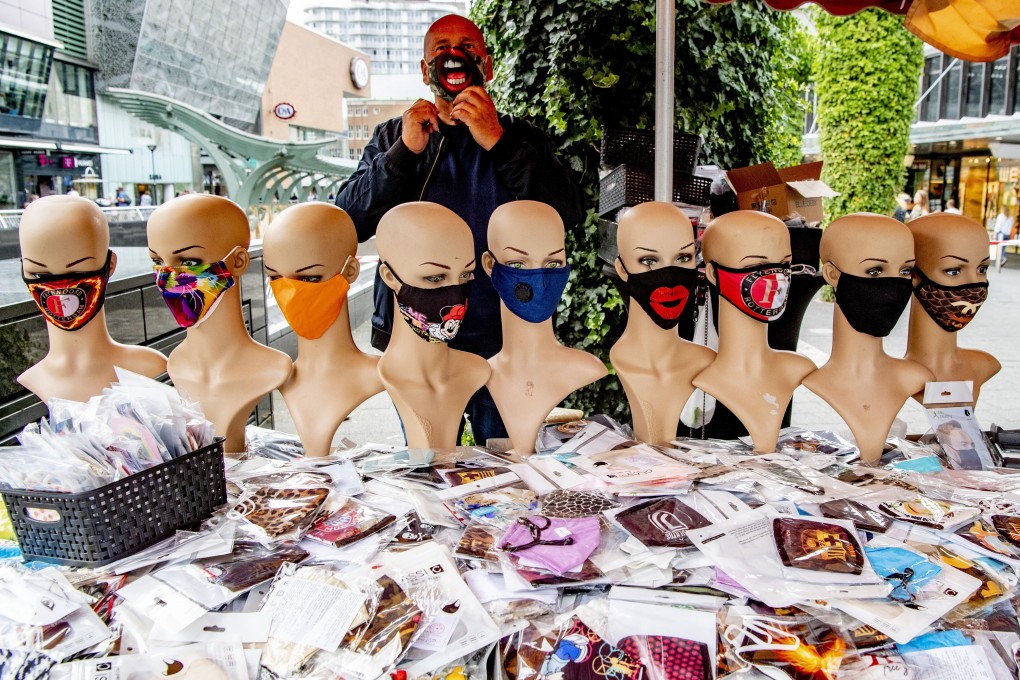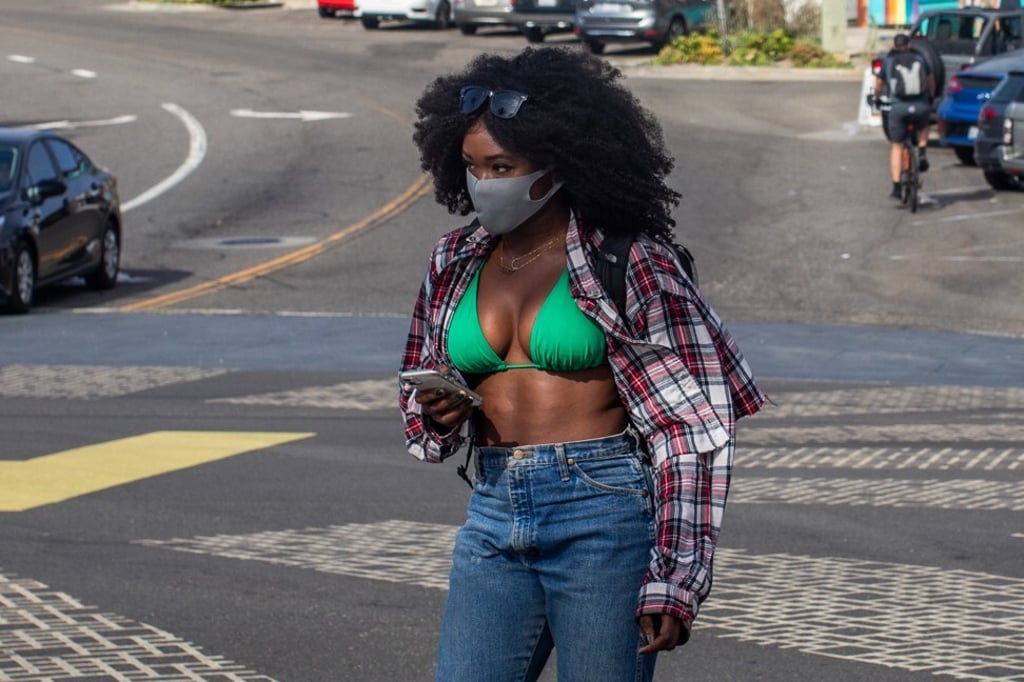Advertisement
Wearing masks can cut severity of Covid-19 symptoms, reduce chance of serious disease or death, doctor says
- They may not block all virus particles but in blocking most, masks could be important in developing milder Covid-19 symptoms, Dr Monica Gandhi says
- This could be a key factor in lower death rates among countries that mandated mask wearing earlier, like the Czech Republic
Reading Time:3 minutes
Why you can trust SCMP

As health experts urge the public to wear masks to slow the spread of the coronavirus, they continue to get resistance. Among sceptics’ arguments: if masks cannot fully protect me against Covid-19, what is the point of wearing them?
Scientists’ counterargument is that masks can help reduce the severity of the disease caused by coronavirus even if you get infected.
There’s now mounting evidence that silent spreaders are responsible for most transmission of the coronavirus – making universal masking essential to slow the spread of the highly contagious virus, experts say.
Advertisement
This makes the coronavirus different from the seasonal flu. With seasonal flu, peak infectiousness occurs about one day after the onset of symptoms. But with the coronavirus, even among people who do end up becoming visibly sick, peak infectiousness can occur before they show symptoms.

Advertisement
In fact, experts say, significant amounts of virus can start coming out of people’s noses and mouths even when they feel well.
Advertisement
Select Voice
Choose your listening speed
Get through articles 2x faster
1.25x
250 WPM
Slow
Average
Fast
1.25x